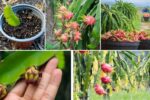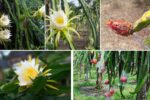Known for their rich, buttery flavor and satisfying crunch, macadamia nuts have earned a reputation as one of the world’s most luxurious and sought-after nuts. Often featured in gourmet chocolates, cookies, and premium snack mixes, these creamy nuts also boast a remarkable nutritional profile. But have you ever wondered which country leads the world in macadamia nut production? Let’s explore the fascinating history, global cultivation, and top-producing nations of this beloved nut — and find out which country sits at the top of the macadamia world.
What Are Macadamia Nuts?

Macadamia nuts come from the macadamia tree, a genus of four species of trees native to Australia. These evergreen trees thrive in subtropical climates and can grow up to 50 feet (15 meters) tall. Their nuts are encased in a hard, brown shell surrounded by a green husk. Cracking a macadamia nut shell requires considerable force, as it is one of the hardest nut shells in the world.
Macadamias are prized for their smooth, rich texture and subtle, buttery flavor. Beyond their culinary appeal, they are also valued for their high content of monounsaturated fats, antioxidants, and essential minerals such as magnesium and manganese.
South Africa: The World’s Leading Macadamia Nut Producer
While macadamia trees originated in Australia, it might surprise you to learn that South Africa has emerged as the world’s largest macadamia nut producer in recent years. The country’s subtropical climate, fertile soils, and established agricultural infrastructure have enabled it to surpass Australia in both acreage and output.
Production Statistics
According to the International Nut and Dried Fruit Council (INC) and the South African Macadamia Growers’ Association (SAMAC), South Africa produced approximately 60,000 to 65,000 metric tons of macadamia nuts in-shell in 2022, accounting for about 30% of the global supply.
South Africa’s macadamia industry has grown rapidly over the past two decades, fueled by high global demand and attractive export markets in China, the United States, and Europe.
Where Macadamias Grow in South Africa

Most of South Africa’s macadamia orchards are concentrated in the following regions:
- Mpumalanga: The top-producing province, known for its fertile valleys and warm climate.
- Limpopo: A rapidly growing production hub with favorable farming conditions.
- KwaZulu-Natal: The subtropical coastlines provide perfect macadamia-growing weather.
South Africa’s macadamia harvest typically takes place between February and August, with nuts processed for both kernel (the edible nut) and in-shell export.
Australia: The Birthplace of Macadamias
Although Australia no longer holds the production crown, it remains one of the world’s largest and most respected macadamia producers. The nut is native to the subtropical rainforests of Queensland and New South Wales, where Indigenous Australian communities have valued it as a food source for thousands of years.
Australian Macadamia Industry
Australia produces about 50,000 to 55,000 metric tons of in-shell macadamia nuts annually, accounting for approximately 25% of global production. The industry is highly focused on quality and sustainability, with strict standards governing nut processing and export.
Major macadamia-growing regions in Australia include:
- Northern Rivers, New South Wales
- Gympie and Bundaberg, Queensland
- Nambucca Valley
Australian macadamias are highly sought after in markets like Japan, Europe, the United States, and Southeast Asia.
Other Major Macadamia Producers
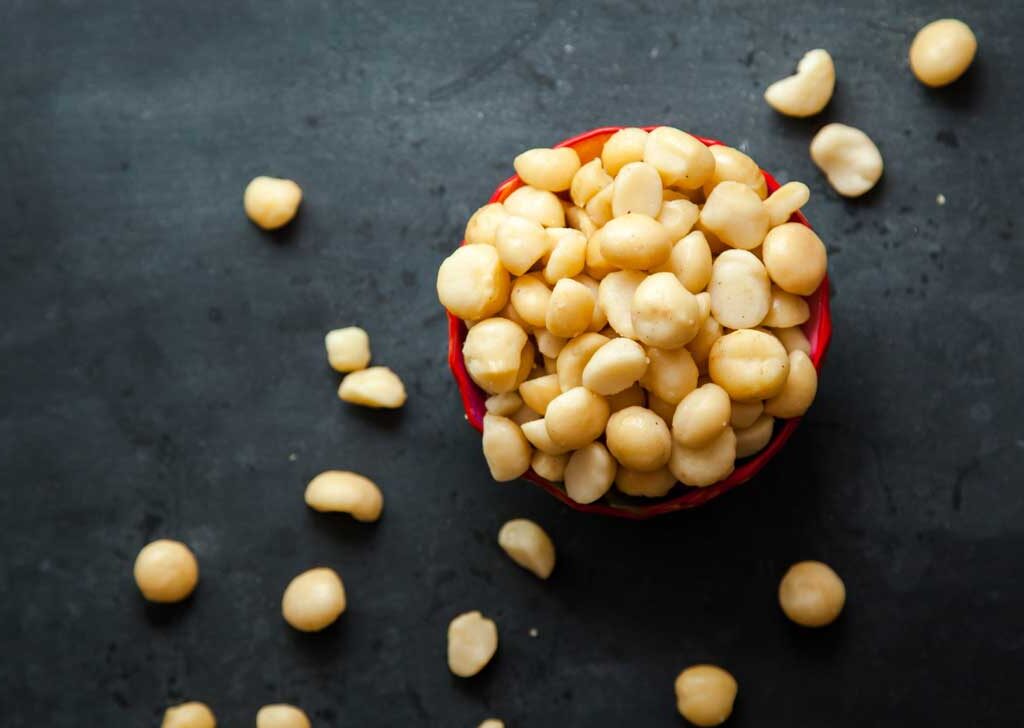
As global demand for macadamia nuts continues to rise, other countries have expanded their production capacities:
Kenya
Kenya is the third-largest macadamia producer globally, with annual production of around 35,000 to 40,000 metric tons in-shell. The country’s highlands, with their moderate temperatures and consistent rainfall, provide ideal growing conditions. Kenya exports primarily to Asia, Europe, and North America.
China
China has significantly invested in macadamia cultivation over the past two decades, particularly in Yunnan Province. Production is growing quickly, though much of it caters to the domestic market.
Malawi
A smaller but rapidly growing macadamia-producing country in southeastern Africa. Malawi’s cool, mountainous climate and fertile soil make it ideal for premium-quality macadamias.
Why Is Global Demand for Macadamia Nuts Increasing?
Several factors have contributed to the global surge in demand for macadamia nuts:
Health Benefits
Macadamias are rich in:
- Monounsaturated fats: Known to support heart health.
- Antioxidants: Protect against cell damage.
- Fiber: Promotes digestion.
- Magnesium, iron, and potassium: Essential minerals for bodily function.
Studies suggest that macadamia consumption can help lower cholesterol, reduce inflammation, and support weight management when consumed in moderation.
Culinary Appeal
Their rich, buttery flavor makes macadamias a favorite ingredient in:
- Premium chocolates and desserts
- Salads and savory dishes
- Gourmet nut mixes and snack bars
- Cold-pressed macadamia oil
Their versatility has driven popularity in high-end and health-conscious markets alike.
Expanding Asian Market
Particularly in China, middle-class consumers are showing increased interest in premium, health-focused snack products — with macadamias viewed as a status symbol and healthy indulgence.
Challenges Facing the Macadamia Industry
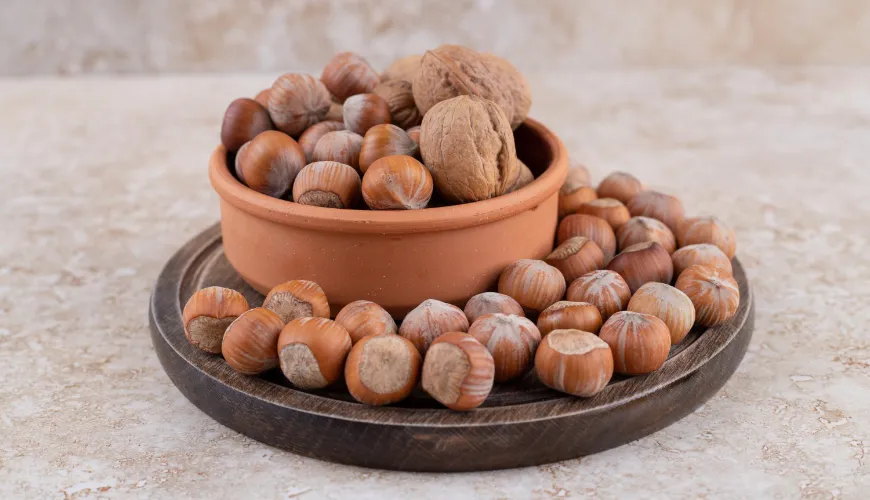
Despite its growth, the global macadamia industry faces several challenges:
Climate Change
Erratic weather patterns, including droughts and storms, threaten macadamia orchards worldwide. Macadamia trees are sensitive to frost, heavy winds, and excessive rainfall during nut development.
High Production Costs
Macadamia nuts have one of the longest lead times of any tree crop — taking 7 to 10 years from planting to full commercial yield. This requires significant long-term investment from farmers.
Pests and Diseases
Macadamia orchards are vulnerable to pests such as stink bugs and fungal diseases that can reduce yields and nut quality.
The Future of Macadamia Production
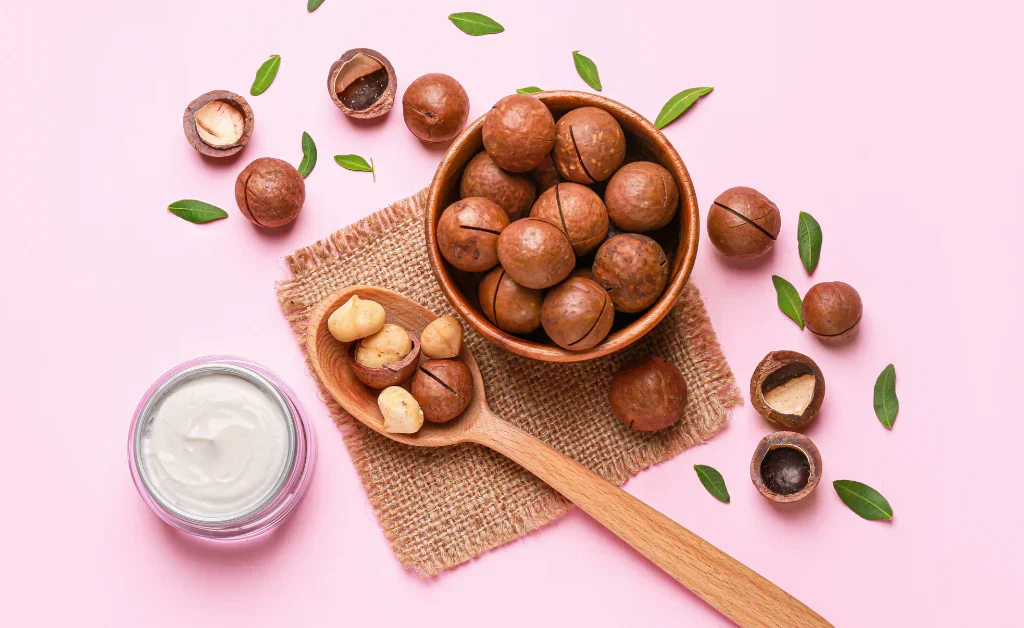
With global consumption on the rise and new orchards being planted in South Africa, Kenya, China, Malawi, and Australia, the future of macadamia nut production looks promising. Industry experts predict that total global output could surpass 300,000 metric tons annually by 2030.
Innovation in orchard management, irrigation, and pest control is expected to improve yields and reduce environmental impact. Sustainable farming practices and certified organic macadamias are also gaining traction, particularly in health-conscious markets like Europe and North America.
Final Thoughts
So, which country is the largest macadamia nut producer in the world? As of today, South Africa holds the top spot, producing more macadamia nuts than any other country on the planet. Australia, Kenya, China, and Malawi follow behind, each contributing to a thriving and increasingly diverse global market.
With its irresistible flavor, health benefits, and expanding culinary uses, the macadamia nut continues to win fans worldwide — and South Africa’s lush orchards lead the charge in meeting that growing demand.

